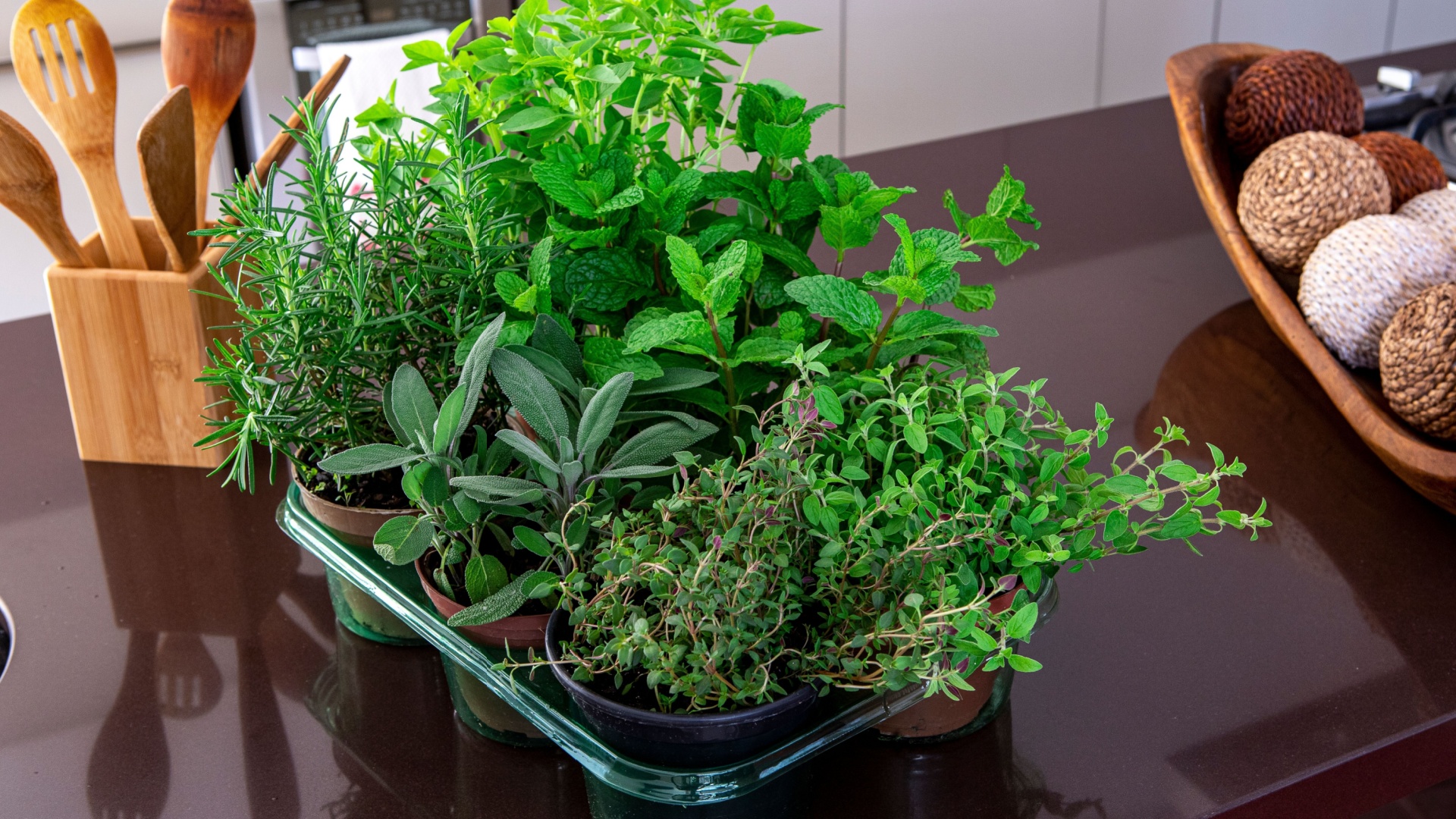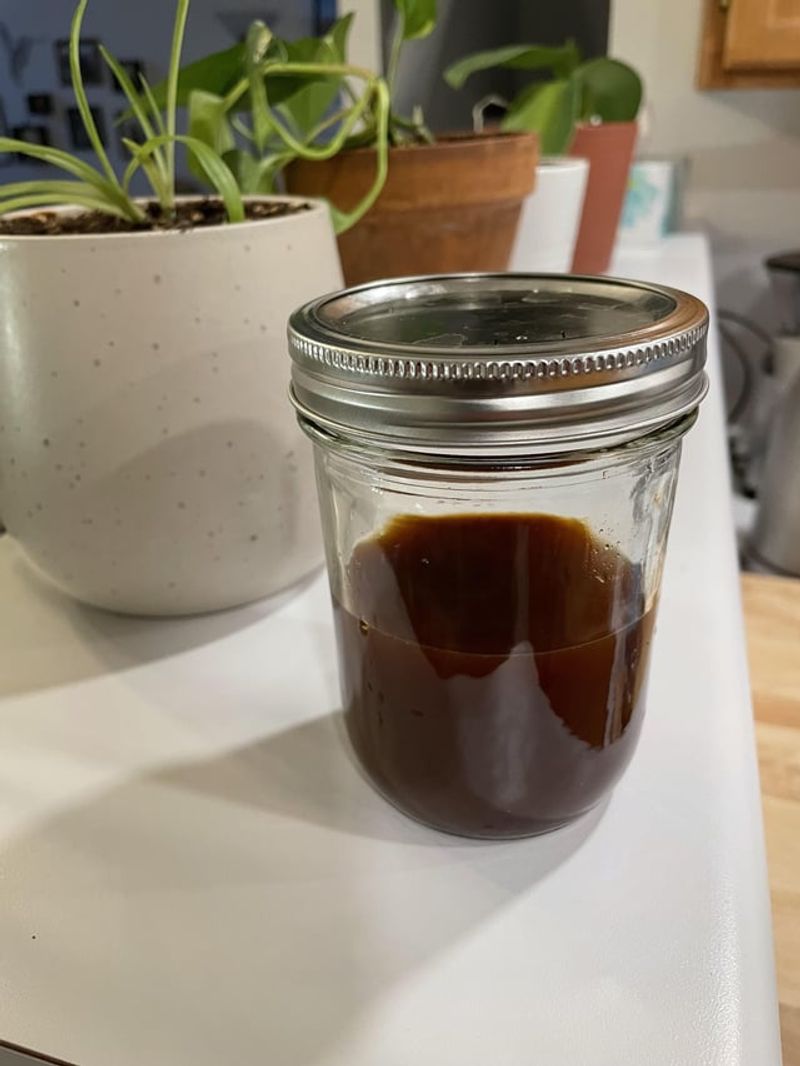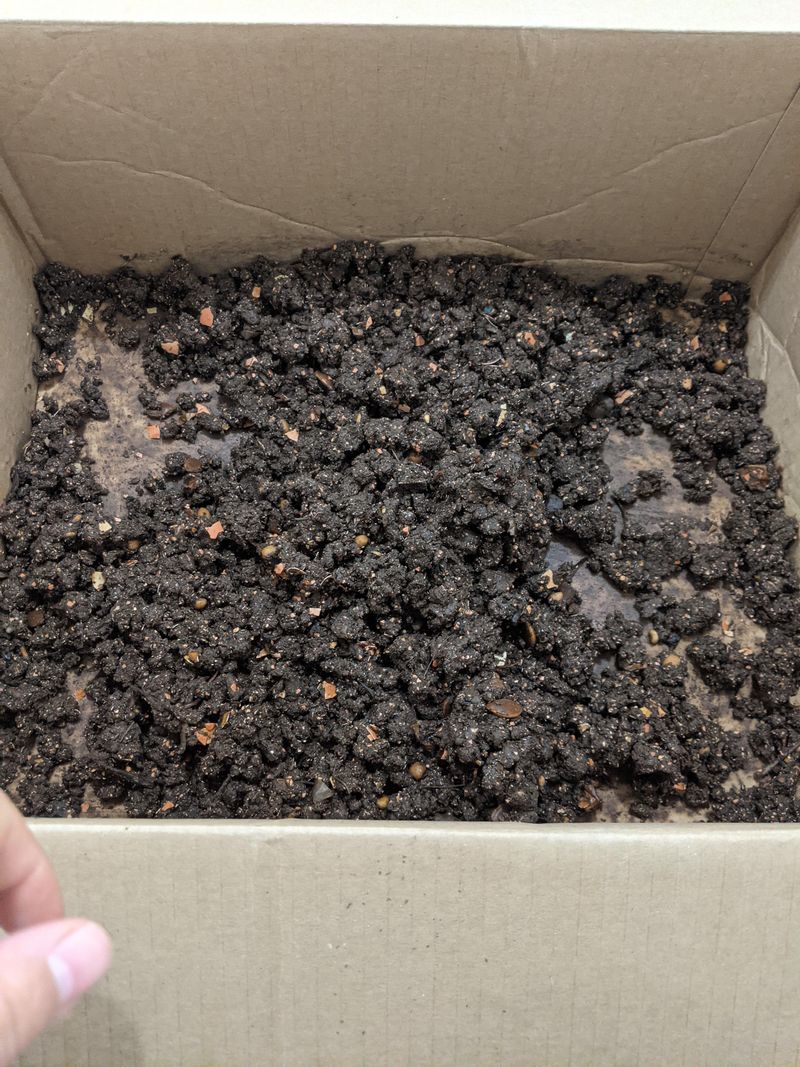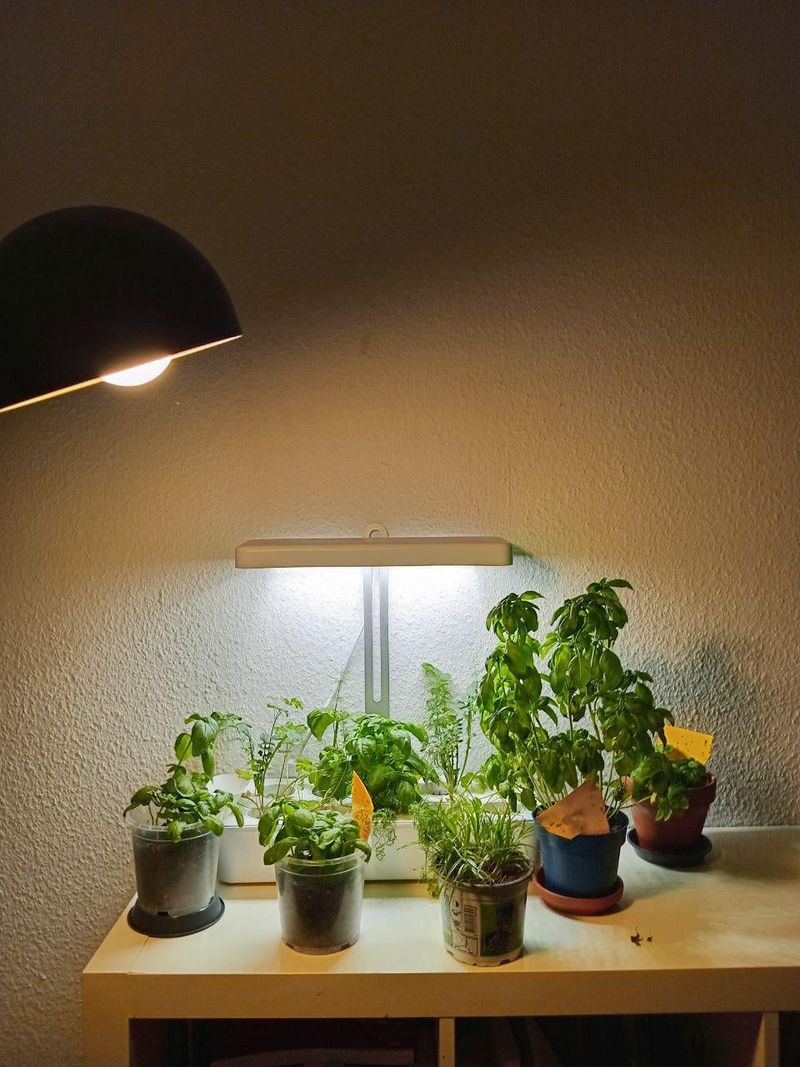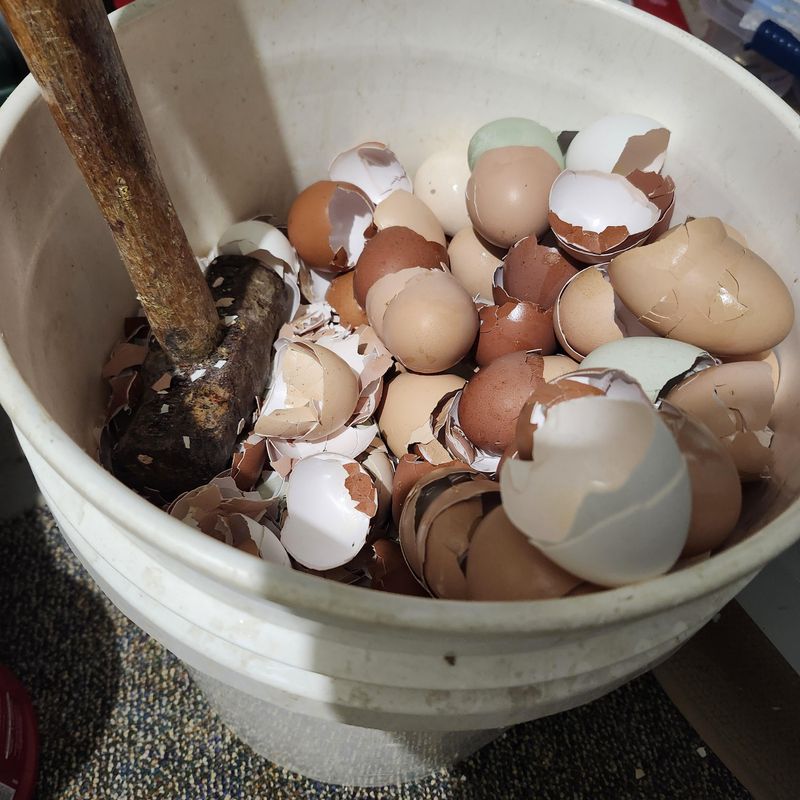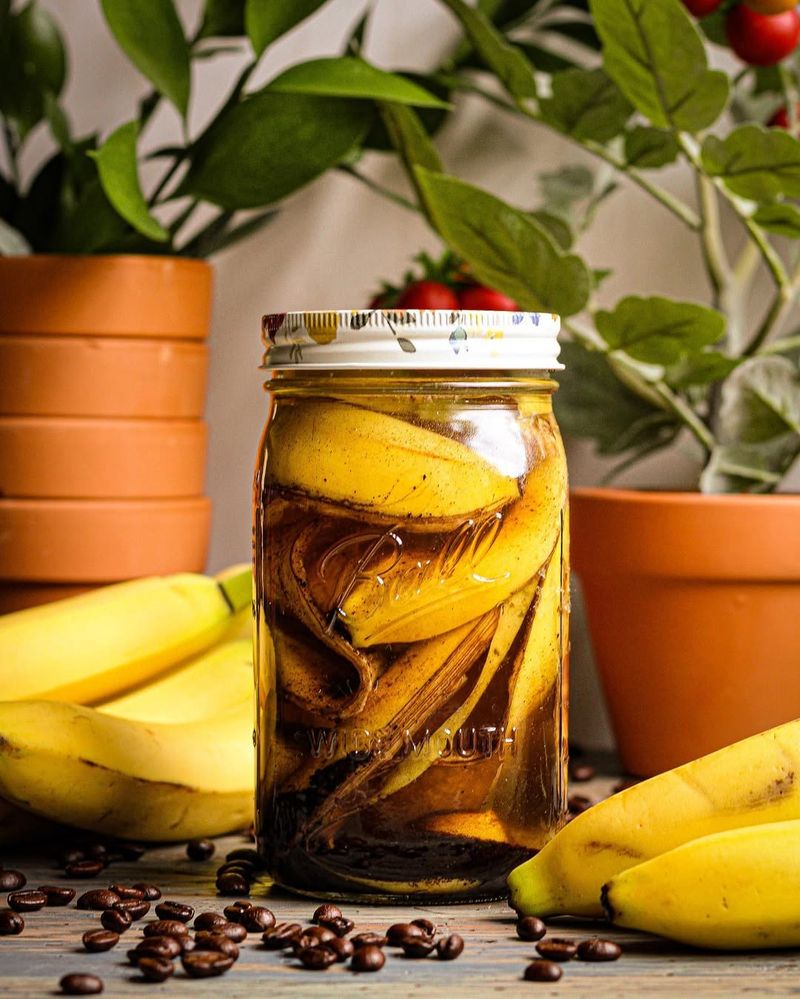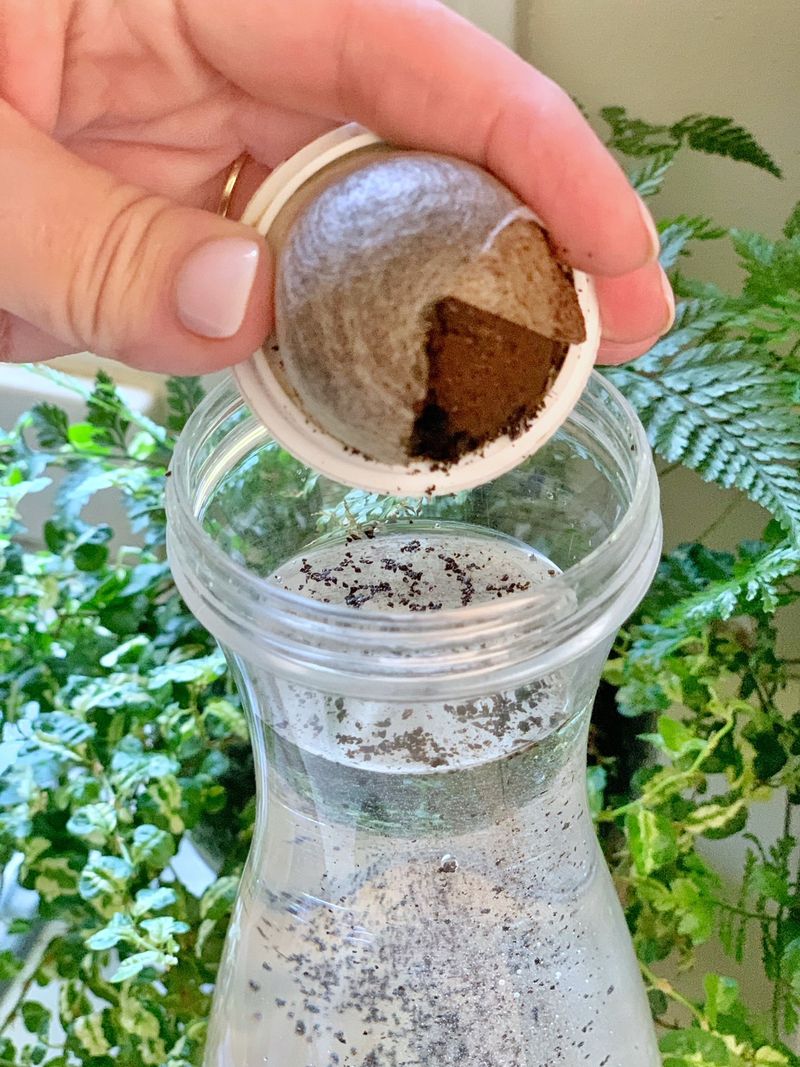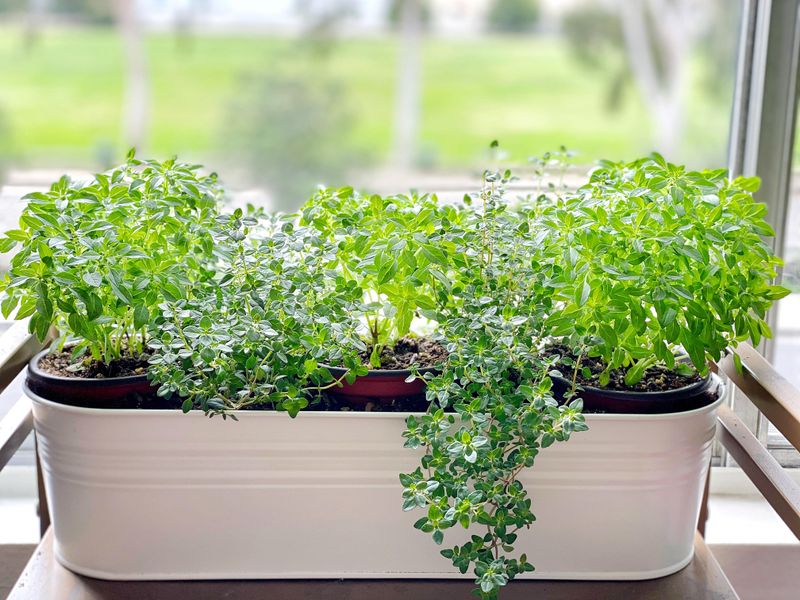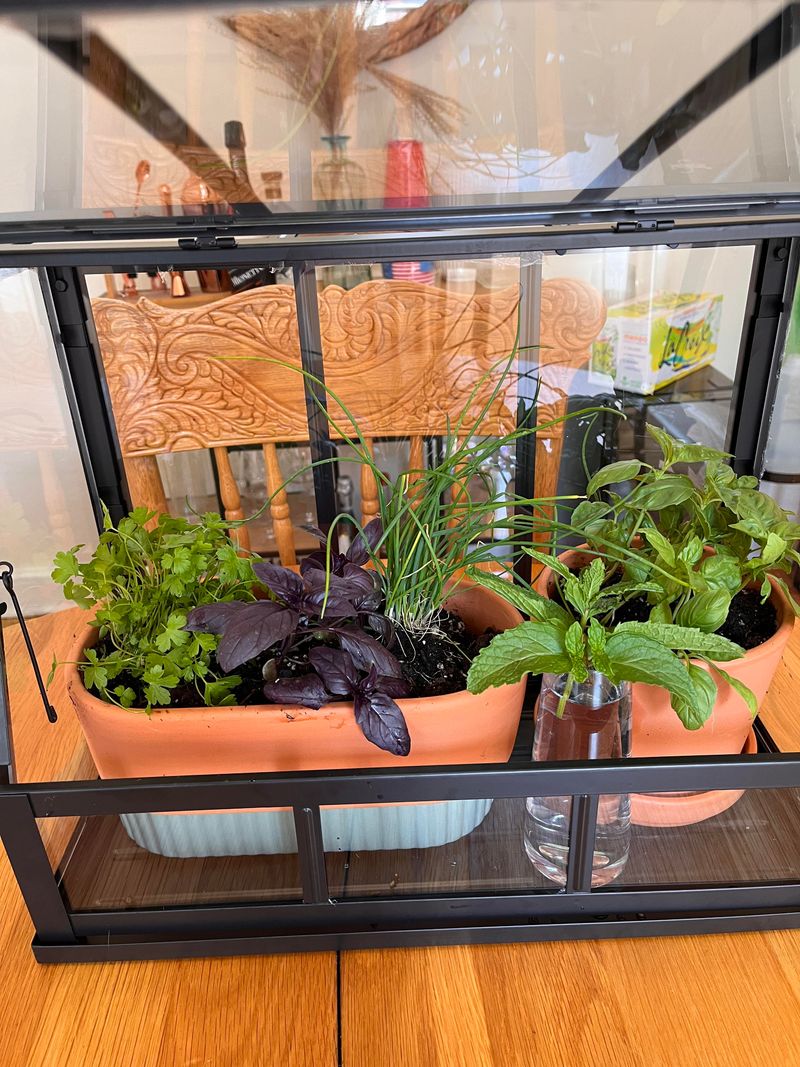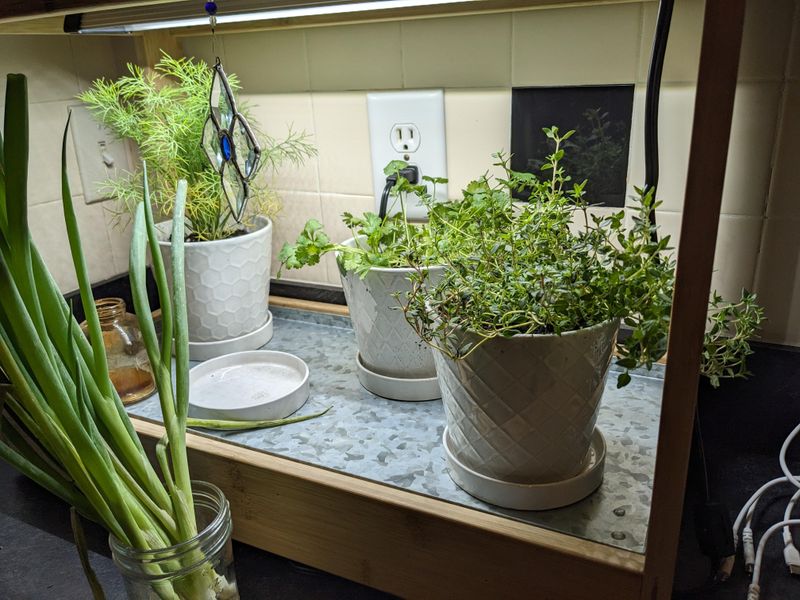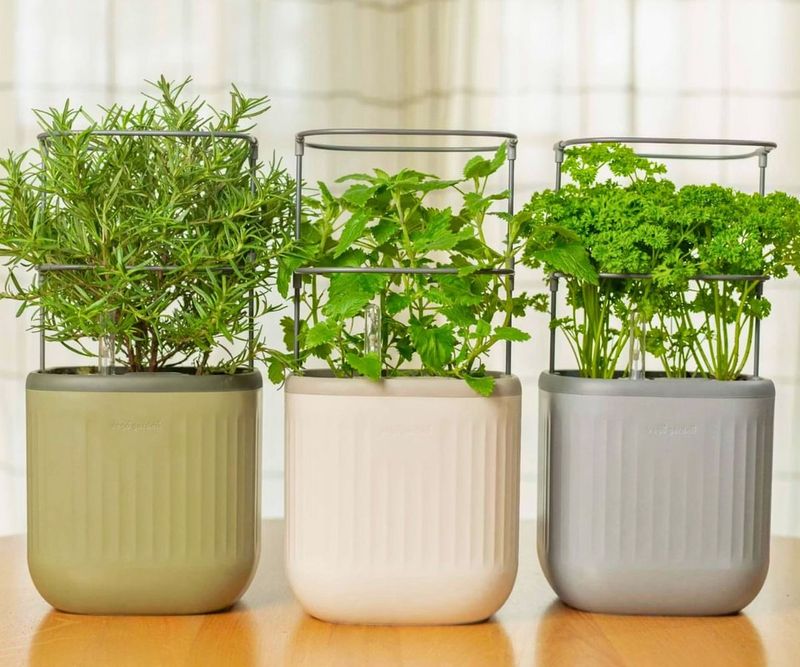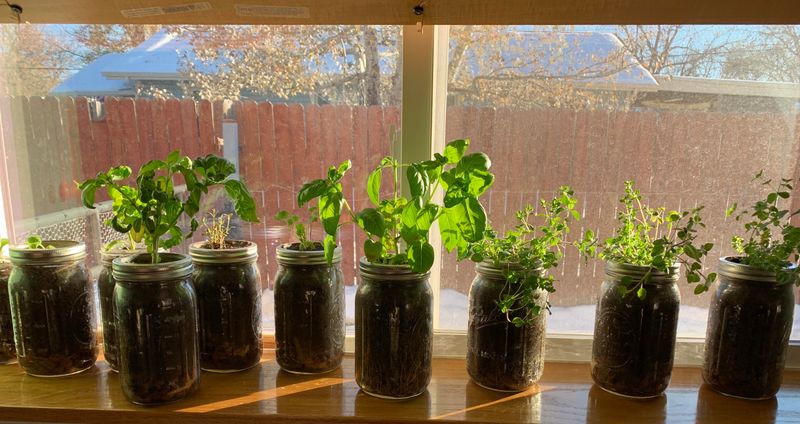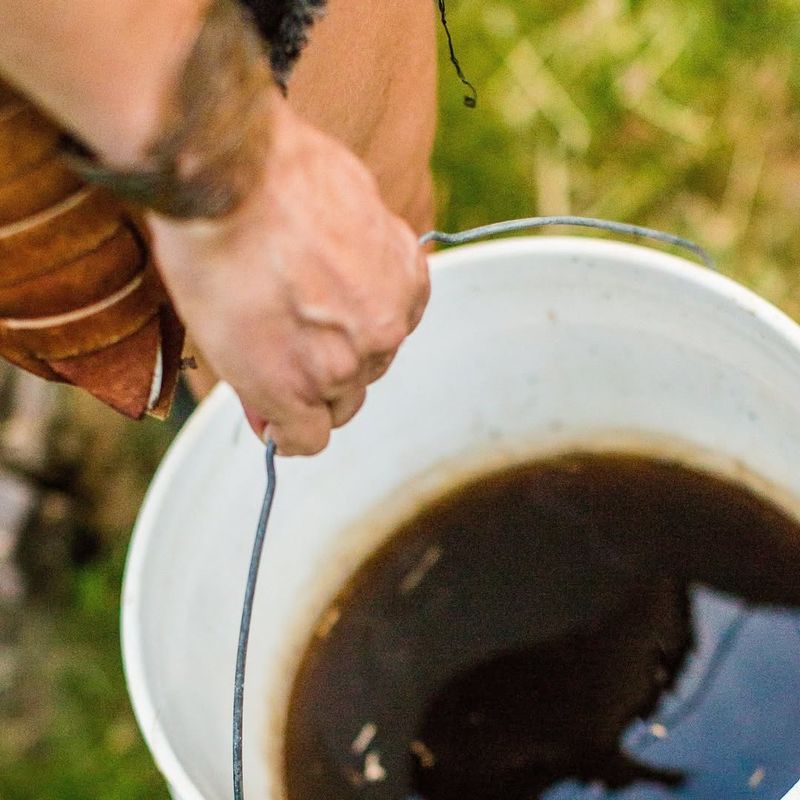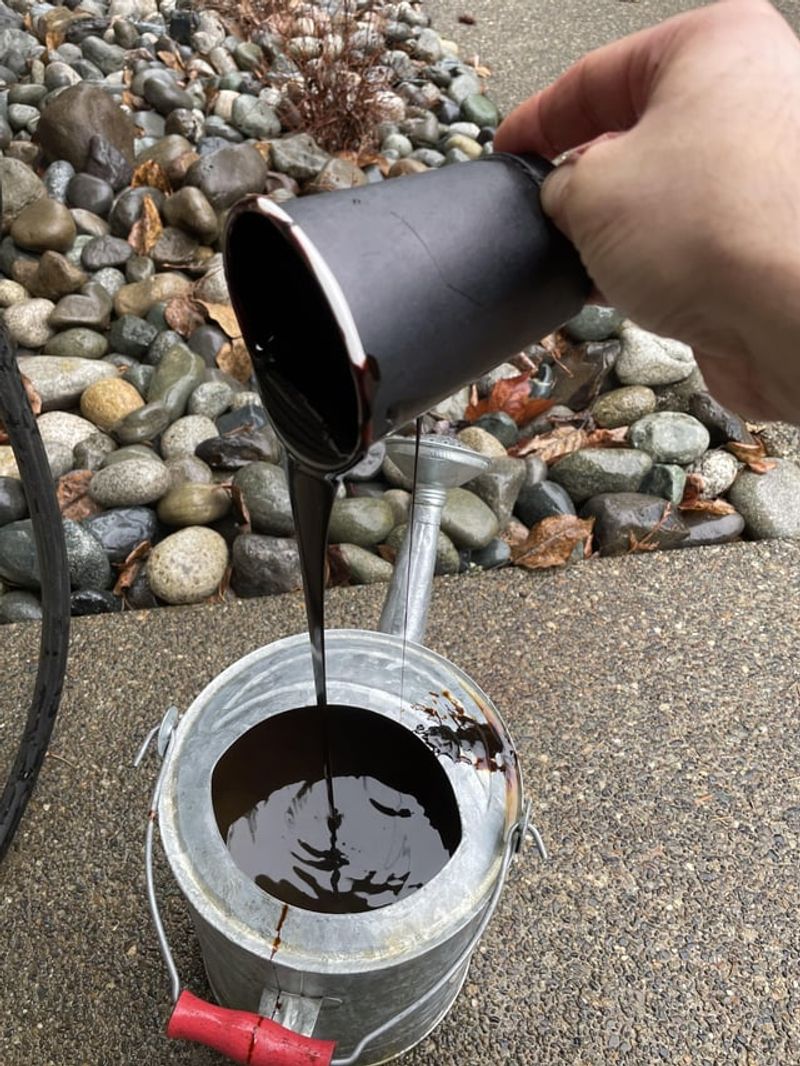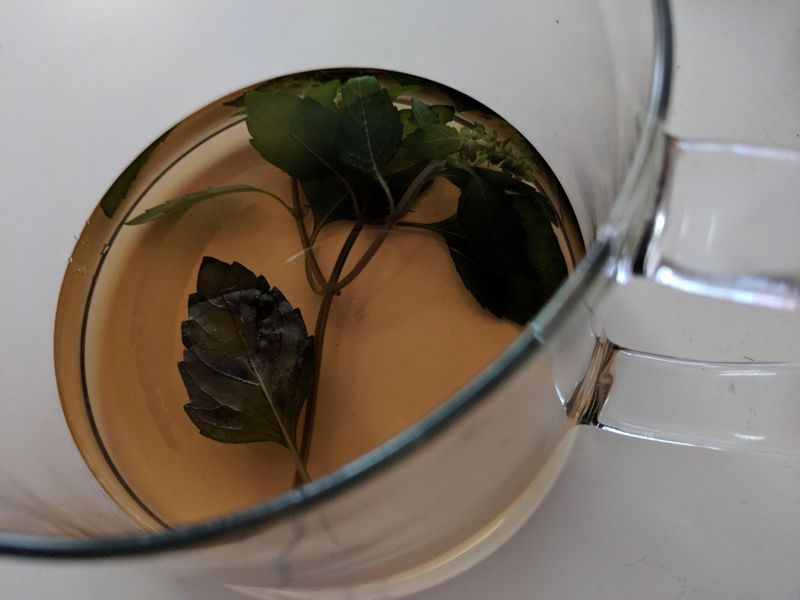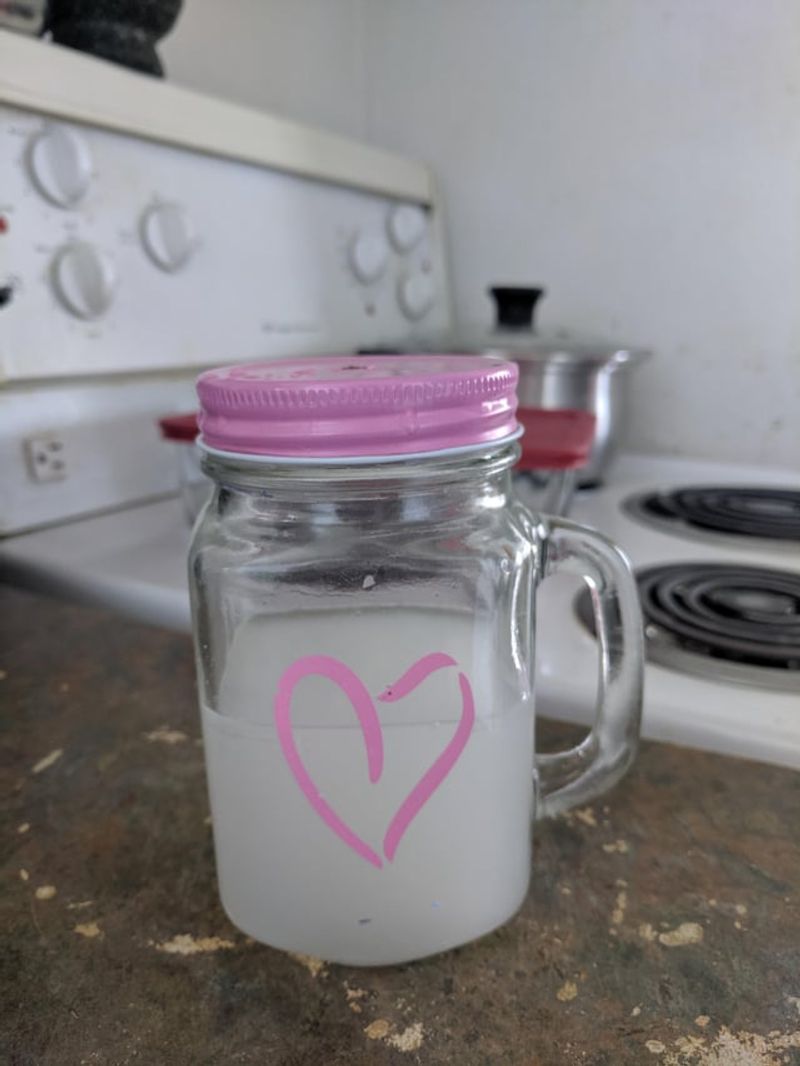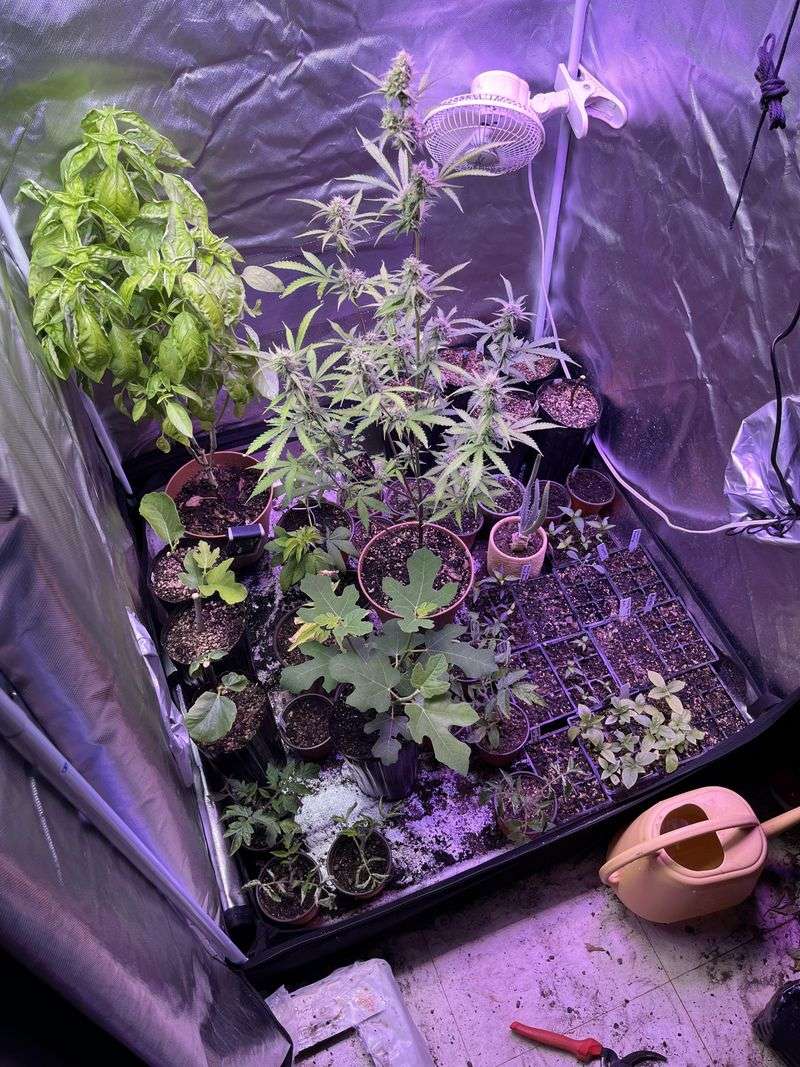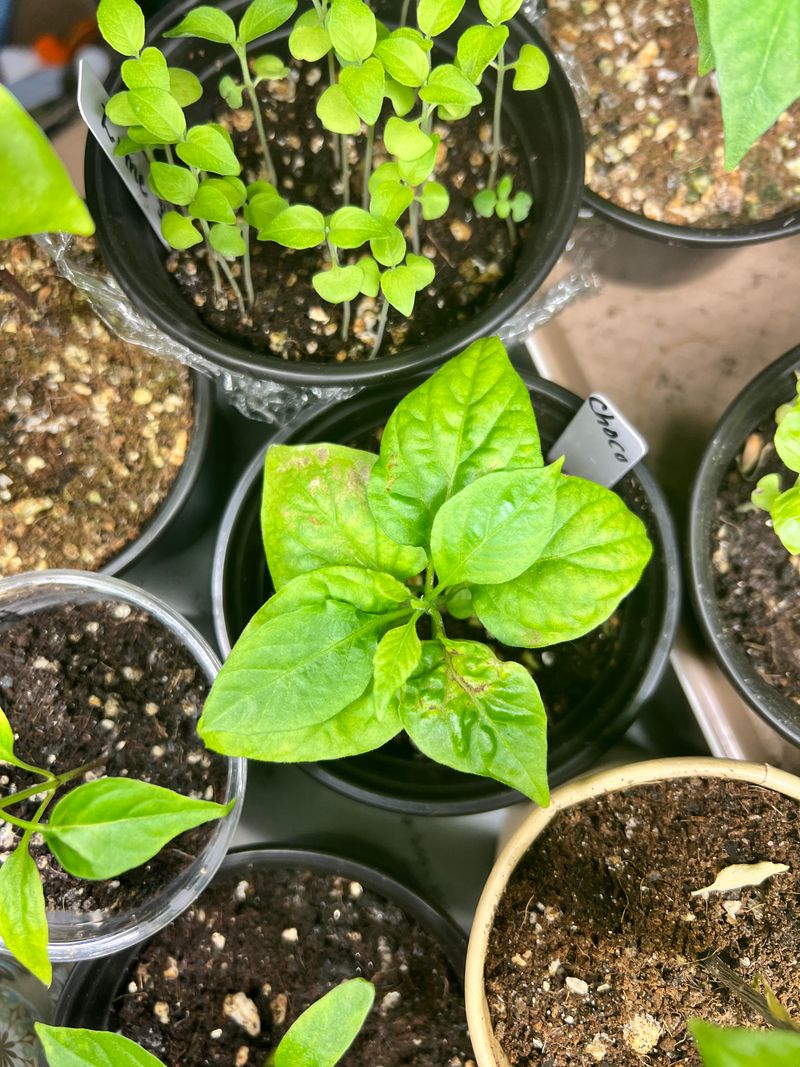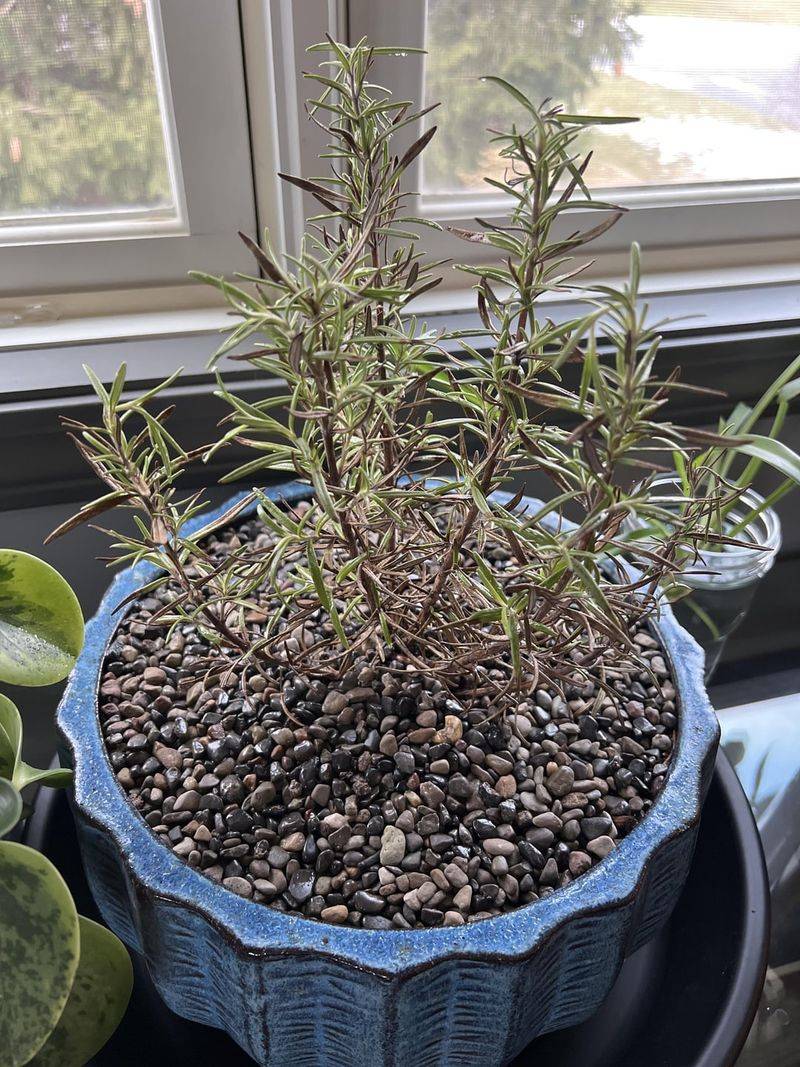Your indoor herb garden should be lush, fragrant, and full of flavor—not limp and lackluster. But even with love and sunlight, herbs won’t thrive without the right feeding routine.
Whether you’re new to container gardening or looking to up your game, these 15 fertilizing tips will keep your herbs happy—and help you dodge the 3 sneaky mistakes that hold them back.
1. Compost Tea For Gentle Nourishment
Steep finished compost in water for 24-48 hours to create a nutrient-rich liquid your herbs will love. The resulting brown brew contains beneficial microorganisms that boost plant health naturally.
Simply add one cup of this homemade elixir to your watering can once monthly. Your basil, mint, and oregano will respond with lush growth and intense flavor profiles.
Unlike chemical fertilizers, compost tea won’t burn tender roots even when plants are young or stressed.
2. Worm Castings As Slow-Release Powerhouse
Sprinkle a tablespoon of worm castings over the soil surface of each herb pot every two months. These tiny black pellets are actually worm poop – nature’s perfect plant food packed with nutrients and beneficial microbes.
Worm castings release their goodness gradually when you water, preventing the feast-or-famine cycle that can stress herbs. Many gardeners call them ‘black gold’ because they improve soil structure while feeding plants.
Rosemary and thyme particularly thrive with this amendment.
3. Fish Emulsion For Rapid Green Growth
Mix this potent liquid fertilizer at quarter-strength for indoor herbs – about one teaspoon per gallon of water. The nitrogen-rich solution promotes leafy growth almost immediately, perfect when herbs look pale or stunted.
Apply fish emulsion every three weeks during active growing seasons. While the fishy smell can be noticeable initially, it dissipates within hours, leaving no lingering odor in your home.
Leafy herbs like cilantro, parsley, and dill respond dramatically to this boost.
4. Eggshell Tea For Calcium-Loving Herbs
Save eggshells from cooking, rinse them clean, and crush them into small pieces. Steep a handful in a quart of hot water overnight, creating a calcium-rich solution that strengthens cell walls in your herbs.
Water your herbs with this mixture once monthly. The added calcium prevents common issues like tip burn in basil and improves overall plant resilience.
Bonus tip: After making the tea, you can still crush the remaining eggshell pieces into powder and mix them into the soil!
5. Banana Peel Fertilizer For Potassium Boost
Chop a used banana peel into tiny pieces and bury them just beneath the soil surface in your herb containers. As they decompose, they release potassium that helps herbs develop stronger stems and better disease resistance.
Mint and basil particularly benefit from this potassium boost. The peels break down completely within a few weeks, leaving no trace except happier plants.
For a quicker option, soak chopped peels in water for three days, then use the resulting liquid to water your herbs.
6. Diluted Coffee For Acid-Loving Herbs
Save your leftover morning coffee and dilute it with equal parts water. This mildly acidic solution works wonders for herbs that prefer slightly acidic conditions, like mint, oregano, and thyme.
Apply this coffee mixture once every two weeks, making sure it’s completely cool before watering. The mild acidity and nitrogen content promote vibrant growth and enhance flavor development in many culinary herbs.
Remember that coffee grounds themselves can also be sprinkled sparingly on soil surfaces between feedings.
7. Seaweed Extract For Micronutrient Magic
Purchase liquid seaweed extract from garden centers and dilute according to package directions – typically a tablespoon per gallon of water. This ocean-derived elixir contains trace minerals and growth hormones that regular fertilizers lack.
Apply every four to six weeks during growing season. Herbs treated with seaweed extract often develop stronger root systems and greater stress tolerance.
Unlike fish emulsion, seaweed has a mild, inoffensive odor that dissipates quickly, making it perfect for indoor use.
8. Epsom Salt Solution For Magnesium Deficiencies
Dissolve one teaspoon of Epsom salt in a gallon of water to create a magnesium-rich solution. Apply this mixture monthly to herbs showing yellowing leaves with green veins – a classic sign of magnesium deficiency.
Basil and parsley particularly benefit from this treatment. The magnesium helps plants produce chlorophyll, resulting in greener, healthier foliage and better flavor development.
For preventative care, use half-strength applications every other month even when herbs look healthy.
9. Balanced Liquid Organic Fertilizer
Choose a liquid organic fertilizer with equal NPK numbers (like 2-2-2) for overall herb health. Dilute to half the recommended strength on the bottle, as herbs need gentler feeding than many other plants.
Apply this balanced nutrition every three weeks during spring and summer, reducing to monthly in fall and winter. The even nutrient profile supports both leaf production and essential oil development in culinary herbs.
Look for products containing beneficial microbes for an added soil health boost.
10. Homemade Herb-Specific Fertilizer Blends
Create custom fertilizer mixes for different herb families. For leafy herbs like basil and cilantro, blend two parts worm castings with one part used coffee grounds for nitrogen emphasis.
For woody herbs like rosemary and thyme, mix equal parts worm castings, crushed eggshells, and kelp meal for balanced nutrition. These custom blends address the specific needs of different herb types.
Apply these specialized mixes by sprinkling a tablespoon around each plant monthly, then watering thoroughly.
11. Aquarium Water Nutrient Boost
Save the water from fish tank cleanings to feed your herbs. This waste-rich water contains nitrogen and beneficial bacteria that promote vibrant growth. Let it reach room temperature before application.
Use aquarium water for regular watering once every two weeks. The mild nature of this fertilizer means it’s nearly impossible to overfeed your herbs with it.
Herbs with high water needs like mint, basil, and cilantro show particular improvement with this method.
12. Herb Trimmings Compost Tea
Save your herb trimmings in a small container, then steep them in water for a week to create a specialized compost tea. The resulting liquid contains nutrients perfectly matched to herbs’ needs since it’s made from herb plant matter.
Strain out the plant material and dilute the tea to the color of weak coffee before applying. This recycling method returns nutrients to your garden in a perfect closed-loop system.
Apply monthly for steady, gentle feeding.
13. Molasses Solution For Beneficial Microbes
Mix one tablespoon of unsulfured blackstrap molasses into a gallon of water. This sweet solution doesn’t directly feed your herbs – instead, it nourishes beneficial soil microorganisms that help release nutrients.
Apply monthly by watering herbs normally with this mixture. The simple sugars in molasses feed good bacteria and fungi that create the soil food web vital to plant health.
This method works particularly well when combined with organic fertilizers like worm castings or compost.
14. Green Tea Fertilizer For Antioxidant Boost
Brew a weak green tea using two bags in a quart of water, then allow it to cool completely. The mild nutrients and beneficial compounds support herb growth without harsh chemicals.
Water your herbs with this solution twice monthly. The tannic acid in green tea helps lower soil pH slightly, benefiting herbs like thyme and oregano that prefer less alkaline conditions.
As a bonus, the antioxidants in green tea may help plants resist disease and environmental stress.
15. Rice Water Ferment For Beneficial Bacteria
Save the water used to rinse rice before cooking. Let it sit at room temperature for 3-5 days until it develops a slightly sour smell, indicating beneficial bacteria growth.
Dilute this fermented rice water 1:6 with fresh water before applying to herbs. The solution contains nitrogen, phosphorus, and potassium, plus probiotic bacteria that improve soil health dramatically.
Use monthly for a gentle, balanced feeding that benefits all types of culinary herbs.
16. MISTAKE: Over-Fertilizing Tender Herbs
Many gardeners apply too much fertilizer, thinking more is better. This common error leads to fertilizer burn, leggy growth, and herbs with diminished flavor. The concentrated salts in fertilizer can damage delicate root systems.
Always dilute commercial fertilizers to half strength for herbs. Watch for warning signs like leaf tips turning brown or white crystal buildup on soil – these indicate excess fertilizer.
When in doubt, under-fertilize rather than over-fertilize, as herbs generally need less feeding than other plants.
17. MISTAKE: Using Outdoor Fertilizer Concentrations
Garden fertilizers meant for outdoor use are often too strong for container herbs. These concentrated formulas can quickly lead to nutrient burn and plant stress when used at full strength indoors.
Indoor herbs grow in limited soil volumes, making them more vulnerable to fertilizer concentration issues. Always dilute outdoor fertilizers to quarter or half strength for container herbs.
Read product labels carefully – if it doesn’t specifically mention indoor or container use, assume you’ll need to reduce the concentration significantly.
18. MISTAKE: Ignoring Seasonal Feeding Changes
Applying the same fertilizer regimen year-round leads to problems for indoor herbs. Plants need different nutrition levels as light conditions and growth rates change with the seasons.
Reduce feeding by half during fall and winter months when growth naturally slows. Increase gradually in spring as daylight hours extend and plants resume active growth.
Ignoring these seasonal adjustments can stress plants, making them more susceptible to pests and diseases while wasting fertilizer.

